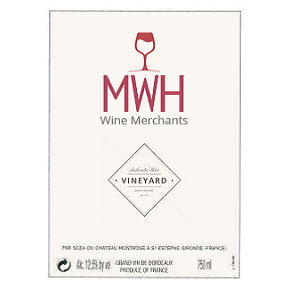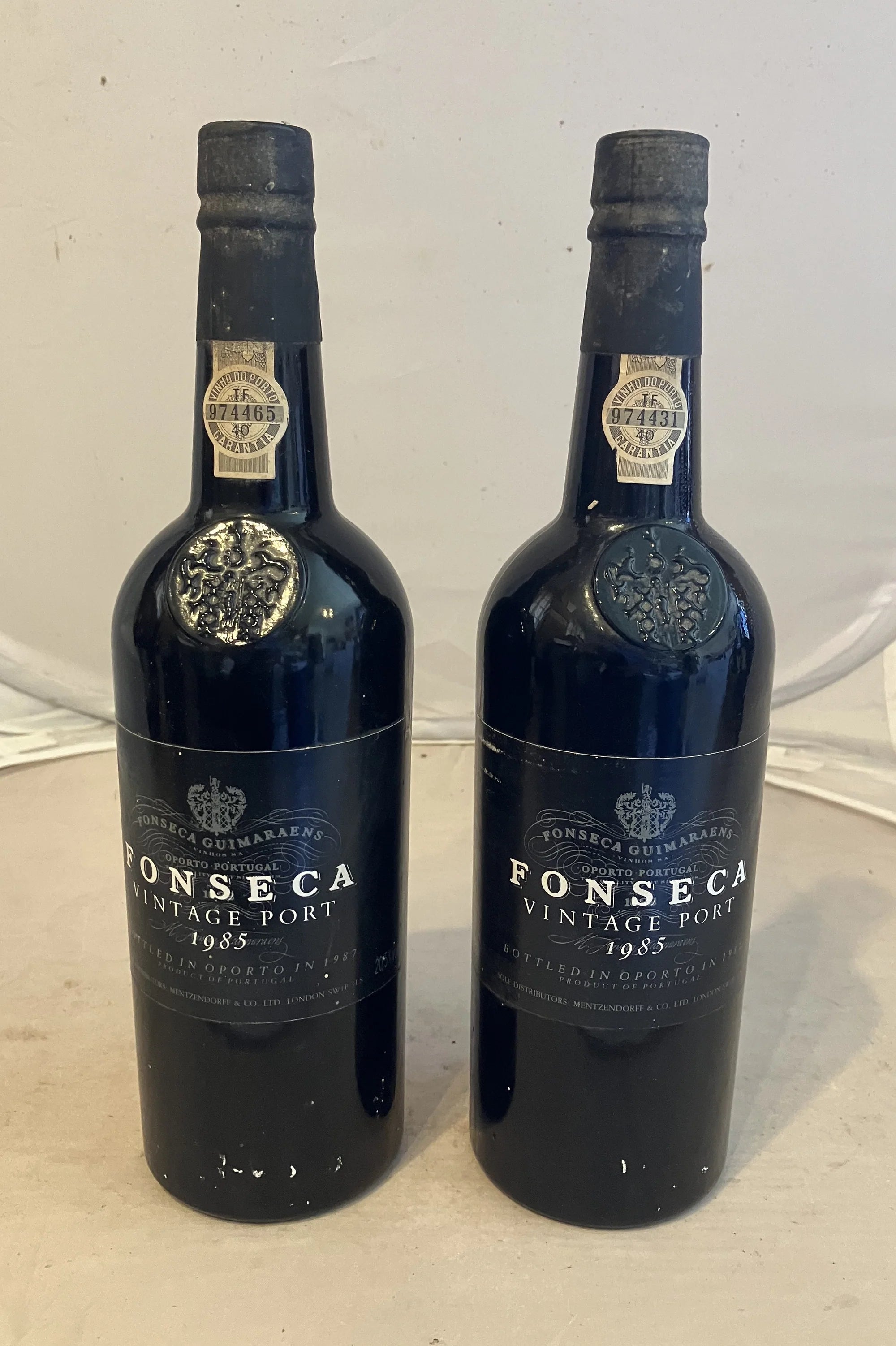Vintage Port
Don’t Judge A Bottle By Its Cover
Vintage Port is an extraordinary wine in many ways. It is by some margin the most complex and profound of all fortified red wines, its capacity for being enjoyable young while being capable of improving over decades, and its array of styles depending on the vintage and the producer make it a singular wine.
One often overlooked aspect of vintage Port is its resilience. Unlike other fine wines such as red Bordeaux or red Burgundy, vintage Port isn’t too fussy about how it’s stored, and bottles that at first glance appear past their best can turn out to be magnificent.
How vintage Port is made means it is perfectly set up for long ageing in less than ideal conditions. Taking a wine made from highly concentrated, well-extracted grapes and fortifying it with 20% grape spirit makes for a wine of almost indestructible prowess. Indeed, this was the point of inventing Port, to ensure the wines could survive the stormy sea voyages from Portugal to Britain in the 18th century.
Knowing that their wines were in for a wild ride on their way to the destination and that they’d be drunk sooner after landing, Port shippers didn’t worry about branding. Labels, if applied at all, were cheap, weedy things that would fall off or rot away in no time, and for identification purposes, they relied on either embossed wax seals or rubber seals. This is a tradition that continued well into the 1970s, with the result that many bottles of vintage Port look rather shabby affairs. No labels are frequently the norm, and while wax capsules make excellent seals, over time, they become brittle as glass and are prone to chipping.
vintage port video with MWH Wines’ proprietor, Mike Hall, and you’ll see what we mean.
Vintage Port: Low Levels, Deep Joy
It’s a sad fact, but many wine buyers are put off by the appearance of old vintage Ports. No label, dusty, dirty bottles often with white paint on them, the ‘splash mark’, something that’s added by the producer to show which side they have lain on while ageing and which make decanting easier, make them nervous as to the wine’s condition. Low levels do the same thing, but as we joked to a customer who was interested in some1975 Dow, ‘How good do you think you’d look after 50 years of lying on your back in the dark?’ They bought the wine and reported back that it was magnificent, phew!
No, the fact is that while poor condition and low levels can be a problem for many wines, when it comes to old vintage Port, this is the norm and nothing to worry about. So when you want to buy vintage Port, remember: beauty lies within.
Like some vintage port help?
We hope you have found this guide to old vintage Port of interest. If you are looking for a specific vintage port, then please do get in touch by calling Mike on 0118 984 4654 or by emailing MWH Wines. A recognised authority on all kinds of port, he’ll be happy to advise you on which wine is right for you. You may also enjoy reading our Definitive Guide To Vintage Port.

